2017 Mobile Industry Impact Report – Sub-Saharan Africa
m-Pesa: 10 years of mobile money
Safaricom
The launch of M-Pesa in Kenya in 2007 was the first service to demonstrate the potential of mobile technology in transforming access to financial services in emerging markets. The service (literally ‘mobile money’ in Swahili) is now present in 10 countries and has around 30 million active users. In West Africa, Orange was the first mobile operator to launch mobile money, with Orange Money in Côte d’Ivoire in 2008. In the same year, mobile money was piloted in Latin America by Tigo Paraguay. By 2010, MTN Mobile Money was live across seven Sub-Saharan Africa markets: Benin, Cameroon, Côte d’Ivoire, Ghana, Guinea-Bissau, Rwanda and Uganda. By 2012, Airtel had launched mobile money in India and across 12 Sub-Saharan African markets. Mobile money enables people to transfer money via SMS simply, securely and instantly. They can then “cash out” through an agent, send money to other users, pay bills and pay for goods in shops. In some countries, mobile money providers have partnered with financial institutions to provide savings, loans and insurance products, and in a growing number of countries, mobile money providers have partnered with governments to offer payments for school fees, taxes, licences and health insurance.
Mobile money has transformed the lives of millions of people. According to a study by Tavneet Suri and Billy Jack, 2% of Kenyan households were lifted out of poverty (living on less than $1.25 per day) through use of M-Pesa.
[1] Life stories include Felista in Kenya who tells how M-Pesa allowed her to send vital funds to her mother to pay for healthcare while she was ill. She also uses the service to send money to her father to pay for her brother’s school fees.
[2] Mobile money is also helping businesses to be more efficient. A recent study found that in three East African countries – Kenya, Tanzania and Uganda – mobile money increased the opportunity of a firm to invest in fixed assets by reducing transaction costs and increasing credit worthiness.
[3] Additionally, businesses can receive payments from customers and pay employees directly into their mobile money accounts.[1] The long-run poverty and gender impacts of mobile money. Science Vol. 354 (6317), 1288-1292. New York: American Association for the Advancement of Science, 2016
[2] https://www.youtube.com/watch?v=NN3_ZXH6Ttc
[3] Does Mobile Money Use Increase Firms’ Investment? Evidence from Enterprise Surveys in Kenya, Uganda and Tanzania. World Bank Group Policy Research Working Paper 7890, 2016
Orange Money: Digitising informal transaction flows across West Africa
Orange
In July 2013, Orange Money launched international money transfers between Côte d’Ivoire, Mali and Senegal. Since launch, transaction volumes and values have roughly doubled every six months. Eighteen months after launch, the value of cross-border remittances on Orange Money accounted for 25% of all remittances reported by the World Bank between these three markets. Orange has recently announced new corridors between Burkina Faso, Niger and Mali.
Digitising informal transaction flows across West Africa
Airtel, MTN
MTN and Airtel offer transfers from MTN Mobile Money customers in Côte d’Ivoire to Airtel Money customers in Burkina Faso. This had particular traction in rural Burkina Faso, where 60% of recipients live. The example shows the potential of mobile money to capture large flows of informal transfers.[1][1] Driving a price revolution: Mobile money in international remittances, GSMA, 2016
Digital school in a box for refugees
Vodafone
In 2015, the Vodafone Foundation launched a portable ‘Instant Classroom’ to give child refugees access to tablet-based education. This digital school in a box can be set up in 20 minutes and works in classrooms without electricity. Vodafone partnered with UNHCR to bring Instant Classroom to 12 schools in Kenya, Tanzania and the Democratic Republic of Congo (DRC). The digital school box is equipped with a laptop, 25 tablets pre-loaded with educational software, a projector, a speaker and a hotspot modem with 3G connectivity. The tablets can connect to the laptop locally, enabling teachers to deliver content and applications to students without the need to access the internet. All the components can be charged simultaneously from a single power source while the case is locked. After six to eight hours of charging time, the Instant Classroom can be used for a full day in a classroom without access to electricity. The portable nature of the equipment has allowed for Instant Classroom to be moved between schools, enabling more students to benefit from tablet-based learning.
Airtel Rwanda and UNHCR: Humanitarian Cash Assistance
Airtel
Rwanda is one of the 19 countries where the number of mobile money accounts exceeds the number of bank accounts. In November 2016, UNHCR and Airtel partnered to allow Rwanda returnees to receive cash aid via mobile money. Previously, returnees were supplied with three months’ worth of food and household supplies. Now, returnees receive $250 per adult and $150 per child as part of the financial resettlement package through Airtel Money. Once returnees are registered, an Airtel agent provides a phone if they do not own one, trains them on the use of mobile money, and helps with the initial withdraw of cash.[1][1] Landscape Report: Mobile Money, Humanitarian Cash Transfers and Displaced Populations, GSMA, 2017
Mobile health centres in Lesotho
Vodafone, Vodacom
In Lesotho, where 1 in 4 people are HIV-positive, it is difficult to access antiretroviral treatment (ART) because of the mountainous terrain, the cost of travel and the stigma of HIV. In April 2016, Vodafone Foundation and Vodacom Lesotho, in partnership with the Ministry of Health, USAID, Elton John AIDS Foundation, ViiV Healthcare and The ELMA Foundation, launched Mobilising HIV Identification and Treatment (MHIT). Through this programme, HIV-positive children and pregnant women living in rural areas can receive primary healthcare, testing and life-saving treatment close to home. The aim of the programme is to double the number of HIV-positive children accessing ART in three years. The programme combines Vodafone’s M-Pesa mobile money service, to ensure that all children living with HIV/AIDS can access treatment by supporting their transportation costs to health clinics, together with travelling clinics and a smartphone app that enables the tracking of patients in remote areas. The initiative was launched in two districts, but, due to its success, is due to be expanded across the country in 2017.[1][1] See http://www.vodafone.com/content/foundation/hiv-treatment.html
Orange Mali: Enabling access to mobile financial services to promote financial inclusion
Orange
In December 2014, Orange Mali launched two services, Sini Tonon and Tin Nogoya, on the Orange Money platform. Sini Tonon is a savings product. The account can be opened by any Orange Money subscriber with a minimum initial deposit of XOF3,000 (approximately $5). Initial results show Sini Tonon is encouraging its customers to save – 55% of women and 48% of men had not saved before registering to this service. Sini Tonon users reported feeling more safe and secure in saving with this service rather than through other methods. Tin Nogoya is an insurance product that activates automatically when a savings balance reaches XOF40,000 (approximately $66) on the Sini Tonon account. The insurance gives the user 12 months of life/disability and maternal health insurance. The payout to the beneficiary for death or permanent disability is XOF150,000 (approximately $260). Tin Nogoya is well positioned to provide first-time access to insurance, especially for women. Some 97% of female users had never been insured before using this product. A third of women identify Tin Nogoya as the reason why they use the saving product; insurance products are effectively driving savings among women.[1][1] Case Study – Orange Mali: Reaching Women Customers with Mobile Savings and Insurance, GSMA, 2015
Tanzania rural coverage pilots
Airtel, Tigo, Vodacom
In July 2016, Airtel, Tigo and Vodacom signed a letter of agreement to implement 3G pilot sites – using solar-powered base station technology – and test a tripartite national roaming agreement in Tanzania, the first of its kind in Africa. The three Tanzanian MNOs agreed to trial a low-cost 3G solution on six pilot sites (two per operator) spread across the country. The GSMA supported the drafting of the agreement and coordinated the operational effort to implement the pilots on the ground and ensure efficient dissemination of information between the parties.
The 3G pilot sites commissioned by Tigo and Vodafone went live in Q1 2017, offering mobile broadband coverage for the first time to 50,000 rural Tanzanians. Airtel sites went live in June 2017, covering an additional 20,000 people. Under the pilot agreement, each operator partnered with their respective technology vendors. The site locations were chosen in partnership with UCSAF in order to address the universal service fund priority list and assess viability in real-life conditions. UCSAF provided full support in the planning stages of the new sites including the assessment of the site locations, and supported operators in clearing administrative approvals for site deployments.
This pilot sets an early stake in the ground for further collaboration and discussion between policymakers and operators on what initiatives will support further deployment of mobile broadband coverage. It shows that mobile operators, vendors, government, UCSAF and other entities can work together, under the coordination of the GSMA, to do the following:
– invest further in expansion of mobile broadband services to underserved communities
– further improve the policy environment to ease the investment pressure and distribution of equipment and services (for example, reductions in taxes and regulatory fees, and fast-tracking of planning permission and rights of way).
– individually or in combination trial business models that address consumer barriers to mobile internet adoption, including basic digital literacy and product knowledge, access to relevant content in primary and secondary languages, access to affordable smartphones, and digital safety for vulnerable population groups such as women and children.
Vodacom’s innovative coverage rollout solution
Vodacom
The rapid increase in mobile data usage is putting pressure on mobile networks. Speedily deploying new base stations to address this demand growth can be challenging for operators. In 2015 in South Africa, Vodacom, Vodafone’s affiliate, developed an innovative solution to meet the demand, allowing mobile base stations to be fitted on the roof of shipping container shops. This allows new sites to be rolled out in weeks as opposed to the 12–18 months it takes to build a new base station. Vodacom has successfully deployed seven sites so far, providing coverage for hundreds of thousands of citizens.
Improving affordability through service-specific data bundles
Etisalat
Etisalat Nigeria offers customers “smartpaks”, which provide unlimited access (subject to fair-use policy) to specific sites. It offers various packages, such as the chat pak (which includes WhatsApp, BBM and WeChat) and the social me pak (Facebook, Twitter, Instagram, Eskimi, WhatsApp, BBM and WeChat) on daily, weekly or monthly plans. The costs range from NGN50 (approximately $0.16) for the daily plan to NGN700 (approximately $2.20) for the monthly plan.
Asset financing to improve handset affordability
MTN, Mobisol
In 2017, Mobisol and MTN began offering the Tecno W2 smartphone along with the Mobisol solar home system (SHS). MTN offers a special data bundle for customers with this offer, including free data bundles while customers are paying off the cost of the phone. The promotion is made affordable by a payment plan through MTN Mobile Money for as little as RWF66 per day (approximately $0.08). They also use alternative credit scoring to offer smartphone loans to low-income and financially excluded groups.
Rainfall measurements in Africa
Telecel, Orange
Telecel Burkina Faso, Orange Niger and Cameroon and Orange Group are working with the Rain Cell Africa consortium, a network of environment and climate change research institutions, on the feasibility and applications for predicting rainfall in Sub-Saharan Africa using microwave signals.
In tropical areas there is limited or no coverage of traditional weather stations, particularly in rural and remote areas, while mobile network infrastructure is almost ubiquitous, offering an opportunity to dramatically improve the quality of weather forecasts.
The first quantitative results were carried out in Africa in 2014. In 2015, the first international workshop on rainfall measurement from mobile networks was held, with 18 countries participating. In 2016 a pilot project was launched in Ouagadougou, Burkina Faso, to predict urban flooding.
Other rain monitoring projects have been launched in Cameroon and Niger.
Direct payment through device subsidies and bundling
Orange
In 2016, Orange and Google partnered to offer a high-quality smartphone for $40 bundled with voice, SMS and data. The partnership, called Pamoja, has been a collaborative project all the way through to the retail level, with Google also involved in the go-to-market strategy and user education campaign. The project is now live in 14 African countries and Jordan. The handset included in the package is the 3G Orange Rise 31 special edition and comes with Google Search, YouTube and Goggle Maps pre-installed.
Both Google and Orange realised commercial benefits from the project. For Google, there is an opportunity to add more users of its suite of mobile services, while Orange benefits from moving users from feature phones to smartphones, thus increasing the number of mobile data users on its network.[1][1] Accelerating affordable smartphone ownership in emerging markets, GSMA, 2017
Increasing handset affordability through third-party payments
SocialEco
SocialEco’s $1 smartphone initiative uses a pre-installed advertising application on smartphones to generate funding to subsidise the cost of a handset for low-income users. SocialEco has included an option for third parties to be involved by either purchasing a smartphone for a low-income end user, and/or supporting a beneficiary by directly sponsoring the monthly broadband connectivity for between $5 and $10 per month. Mobile operators can partner with SocialEco to increase data use among new smartphone users.[1][1] Accelerating affordable smartphone ownership in emerging markets, GSMA, 2017
GSMA Big Data Ecosystem for smart city solutions
China Mobile, China Unicom, KT, Orange, Telefonica
The GSMA is working with the mobile industry to establish an IoT big data ecosystem to make harmonised data sets from multiple sources available to developers and third parties through common APIs. China Mobile, China Unicom, Korea Telecom, Orange and Telefónica are already contributing to the initiative. Available datasets on the environment include air quality data from China, India, France and Spain, and weather forecast and observed data for India, France, Spain and Portugal.[1][1] See https://apidirectory.iot.gsma.com/
This post has already been read 777 times!
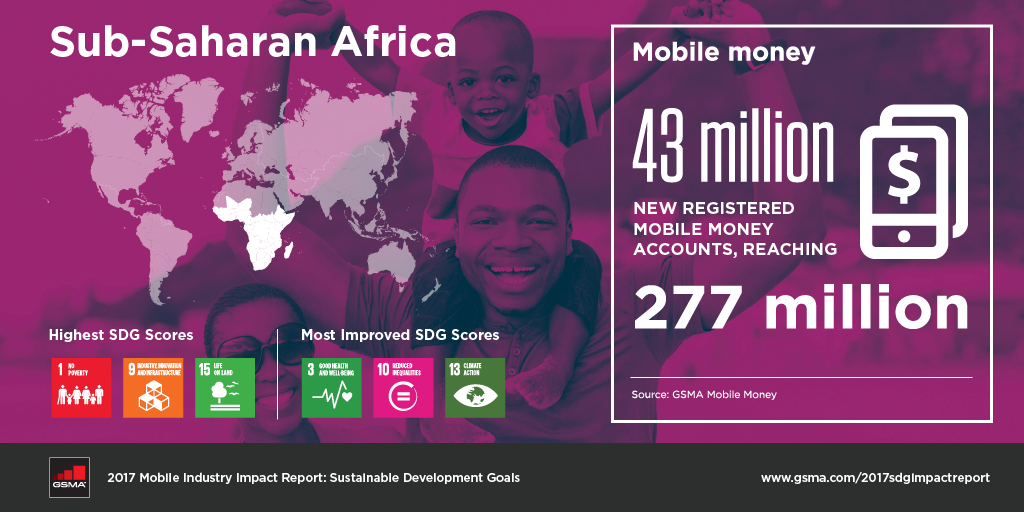
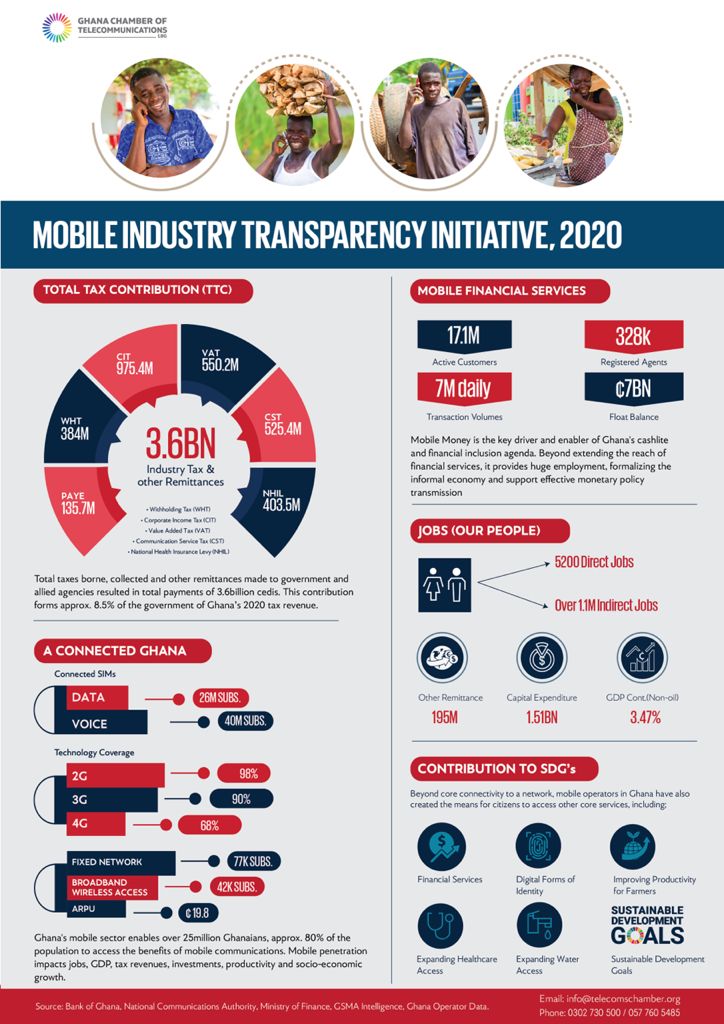
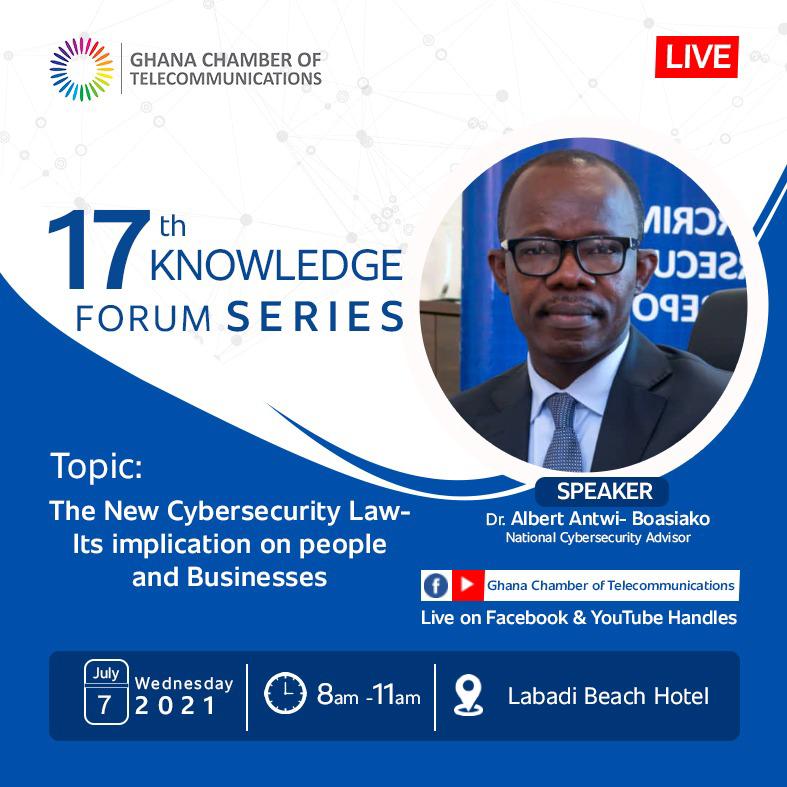
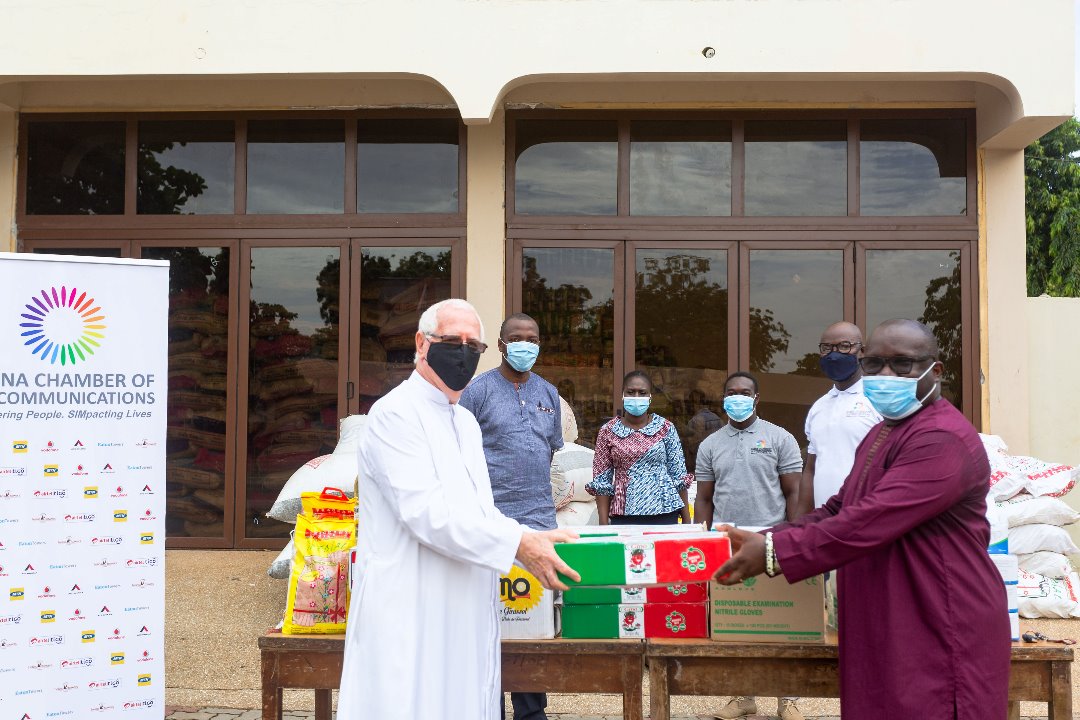

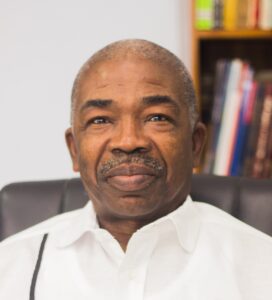
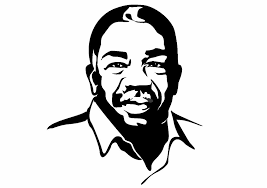
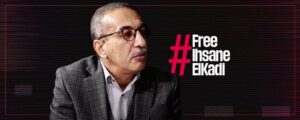
Post Comment